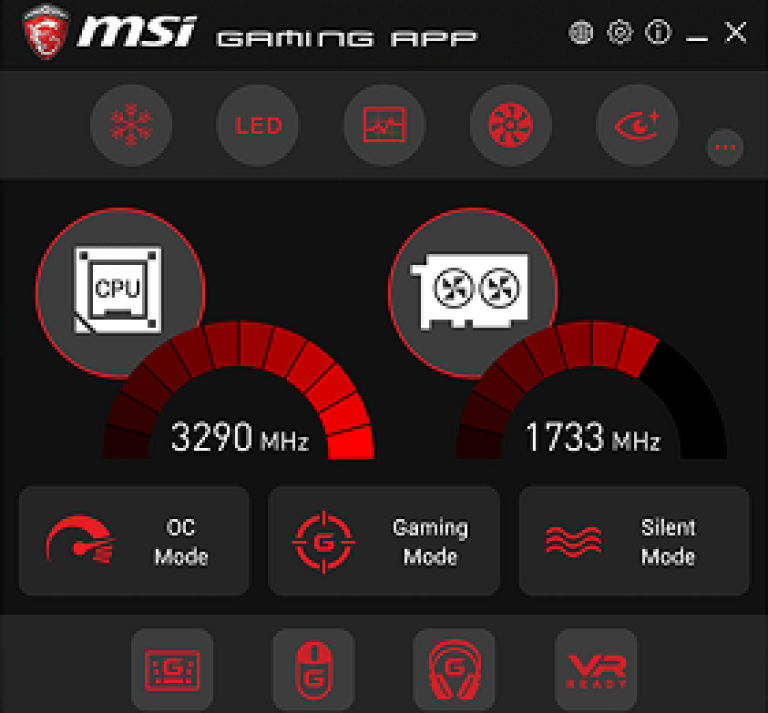What is Memory Bandwidth in GPU?
Memory bandwidth in GPU means the speed at which data is transmitted or stored in the semiconductor memory by the processor, this processor works like the CPU one’s and assists the graphics card to provide better efficiency.
Graphics cards are essential devices that enable people to use computers and play games. They can be connected to a monitor, video projector, TV, or gaming console and are used in laptops, desktops, tablets, and mobile devices. When playing a game, you will need a graphics card to render the images on the screen. This will make the picture clearer and allow you to see the details of the game.

A graphics card can also be used to render movies or videos. The graphics card also provides you with sound effects that will give the effect of the movie. The graphics card is a device that is used in computers to help enhance the graphics and sound on your monitor.
The above diagram shows the lanes of memory, the width (Lane1, Lane2, Lane3..etc) is known as Memory Buswidth. Memory Bandwidth tells us how quickly the data is transmitted from point A to Point B (it is an example), in reality, the data is transferred from one point to the GPU components, and the rate at which data is delivered and stored is called Memory Bandwidth of GPU.
It is important to focus on the usage and purpose of graphics cards, you can use them to solve complex algorithms, mining, animation, rendering, and gaming. Systematically, these GPUs act like the CPU, these cards contain VRAM to render images and videos on the screen with more clarity, thus helping gamers to improve AoE (Area of Effect) and DPS (Damage per second).
Recently, FPS (First-Person Shooter Games) require more memory bandwidth to render the same, with minimum latency, gamers can improve their shooting ratio.





